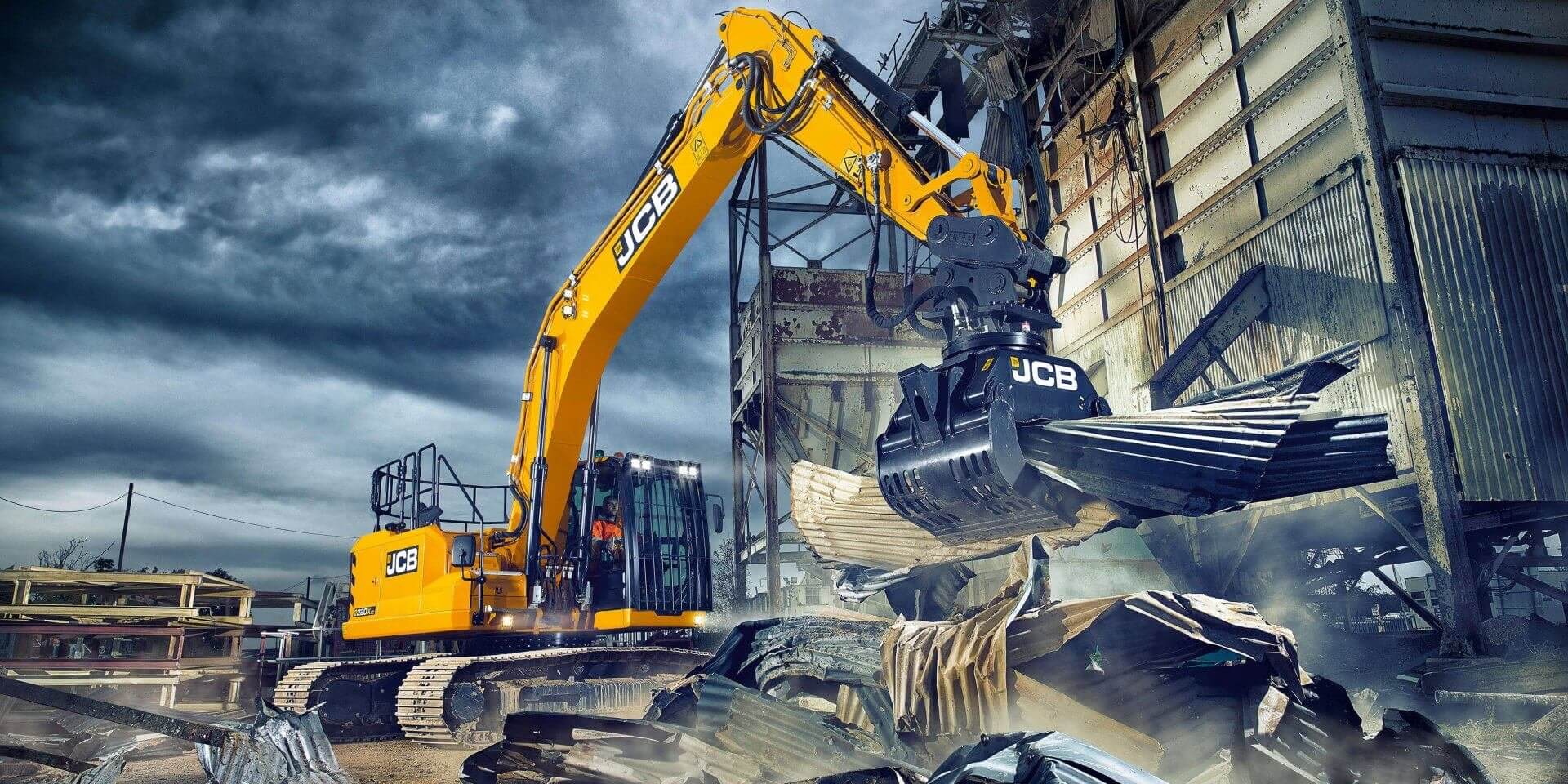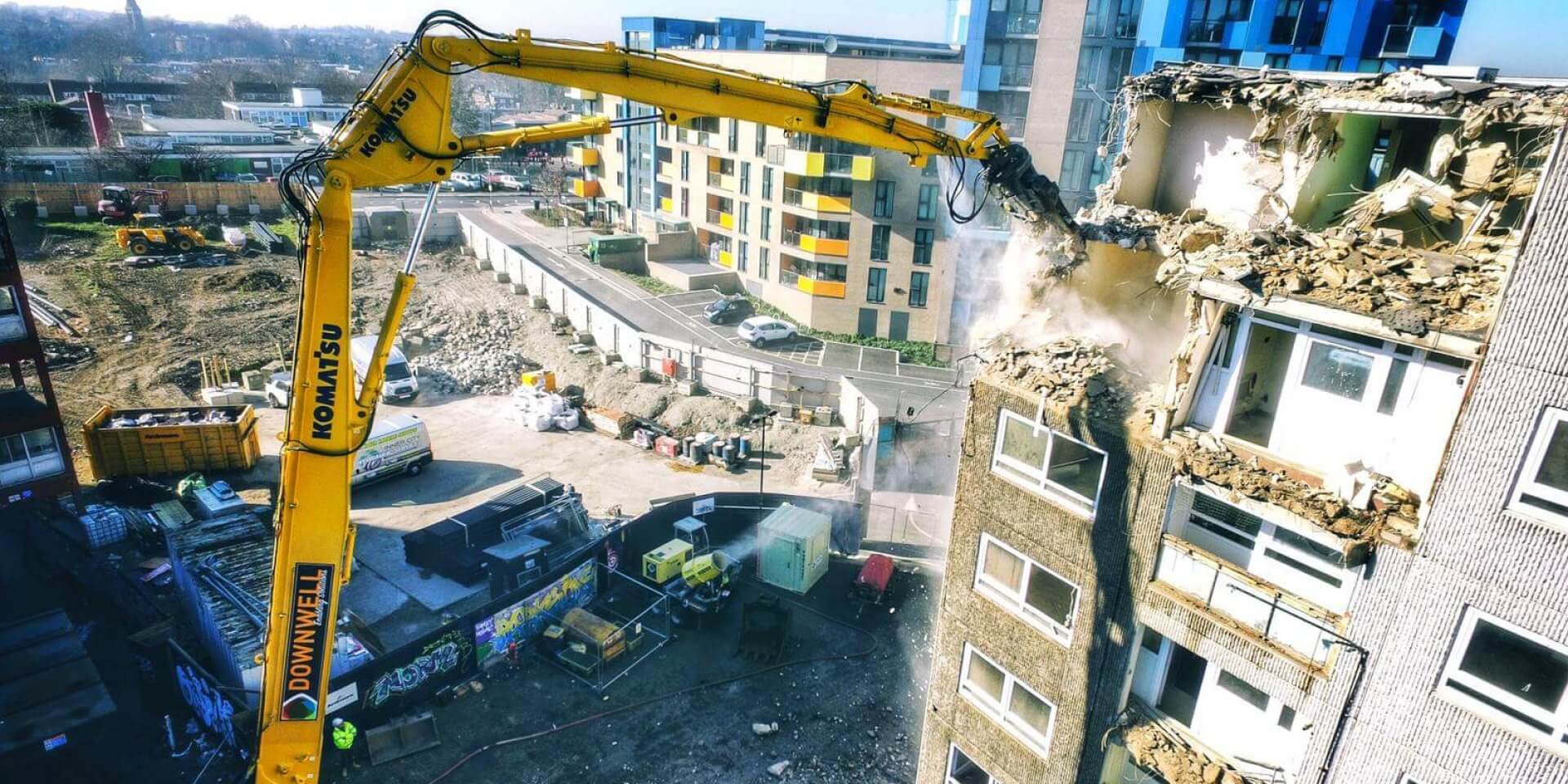Maylarch managing director named among 20 fittest directors.
 A few weeks ago, I was in a demolition site canteen, awaiting arrival of my traditional “I’ll have a large portion of everything that is fried” breakfast when a guy beside me ordered a salad. I had barely recovered from the shock of a healthy demolition man when it was compounded when another enquired if they served green tea.
A few weeks ago, I was in a demolition site canteen, awaiting arrival of my traditional “I’ll have a large portion of everything that is fried” breakfast when a guy beside me ordered a salad. I had barely recovered from the shock of a healthy demolition man when it was compounded when another enquired if they served green tea.
Now, to be honest, I had put this down to some single-site anomaly but we have just received news that this worrying trend may be spreading and, in fact, getting worse.
Nick Williamson, managing director of UK demolition contractor Maylarch (and pictured here on a leisurely London to Paris cycle ride in aid of Sobell House Hospice), has been named among the final 20 contenders in the Daily Telegraph’s search for the UK’s fittest director.
We’re currently awaiting more information and Nick’s reaction to this shock announcement but he is uncontactable at present; he’s probably out for a run or wrestling an alligator.





 Chicago’s demolition crews won’t know whether to laugh or cry today at news that the Diamonds Gentlemen’s Club is to be demolished as part of a $38 million road-widening project.
Chicago’s demolition crews won’t know whether to laugh or cry today at news that the Diamonds Gentlemen’s Club is to be demolished as part of a $38 million road-widening project.  Every time there’s a major industry event and each time we visit a demolition site, we gather hundreds (or thousands) of photographs which, until now, we have locked away in the electronic dungeon beneath Demolition News Towers. Until now.
Every time there’s a major industry event and each time we visit a demolition site, we gather hundreds (or thousands) of photographs which, until now, we have locked away in the electronic dungeon beneath Demolition News Towers. Until now. New Zealand’s Civil Defence is considering using explosives to demolish the earthquake-hit Hotel Grand Chancellor despite concerns it could cause a “mini-earthquake”, damaging nearby buildings.
New Zealand’s Civil Defence is considering using explosives to demolish the earthquake-hit Hotel Grand Chancellor despite concerns it could cause a “mini-earthquake”, damaging nearby buildings. The solid waste management arm of the Bayonne-based demolition giant Nacirema Industries has filed for Chapter 11 bankruptcy protection.
The solid waste management arm of the Bayonne-based demolition giant Nacirema Industries has filed for Chapter 11 bankruptcy protection.
 The Swell bubble gum factory soon will be no more. The longtime landmark is scheduled for demolition Wednesday, with a final farewell celebration at 11 am.
The Swell bubble gum factory soon will be no more. The longtime landmark is scheduled for demolition Wednesday, with a final farewell celebration at 11 am.